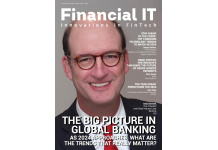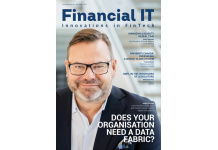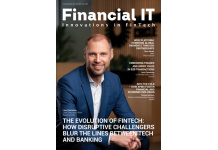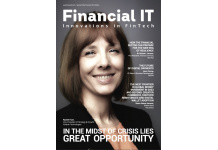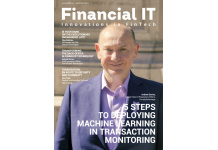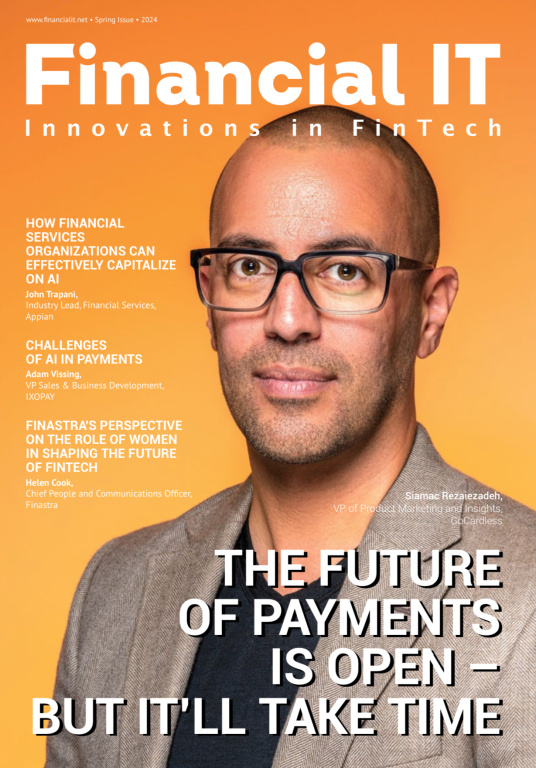Summer Issue 2021
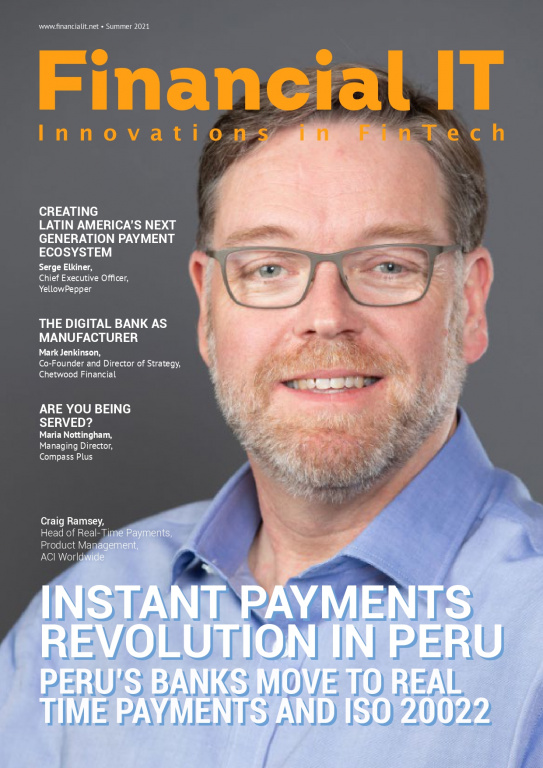
- 18 Jun, 2021 03:00 am
The elephant in the room
What will happen at the intersection of financial services and IT as the world returns to inflation?
What is at the front of mind of entrepreneurs and executives who work at that part of the global economy where financial services and technology meet? If you only have two minutes or so, skim read every article and advertisement in this edition of Financial IT.
Give yourself no more than five seconds to reduce each of the articles and advertisements to a single and simple message. Then arrange the messages into an order that provides a logical flow.
The result could be something like this:
- There is an unstoppable move towards real time and cashless payments, in developed countries and in emerging markets.
- Partly for this reason, and partly because of Open Banking, the number of transactions that will take place digitally will boom.
- Related to this are as many opportunities as there are new companies that can clearly identify a competitive edge or unique selling proposition.
- The competitive edge may well come from manufacturing the right offering for retail or corporate customers.
- New technology can resolve numerous challenges - such as reducing cyber-security risks and compliance with environmental, social and governance (ESG) requirements.
- The new technology includes blockchain.
- The Covid-19 pandemic continues to be mentioned in most articles.
Unlike, say, a year ago, it is no longer being seen as a major accelerator of change or an unprecedented challenge.
Rather, it is seen as a problem that is being resolved (albeit at different speeds in different places) and something that provides context/ background for other changes that are underway in financial services and IT.
The topic that is not being mentioned
There is something very large that is clearly not front of mind for our contributors and advertisers.
That very large thing is the return of inflation.
On 12 May 2021, the Bureau of Labor Statistics (BLS) reported that the Consumer Price Index in the United States had risen by 0.8% in the month of April and by 4.2% year-on-year.
This was the largest 12-month increase since September 2008.
The BLS’ index for all items less food and energy - its measure of “core inflation” - increased by 0.9% in April - the largest one month increase since April 1982.
Widely discussed in the financial and mainstream media, the inflation is the result of money that has been generated by Quantitative Easing (QE) finding its way into the real economy.
QE involves central banks (in this case the Federal Reserve or Fed) buying bonds from commercial banks.
In that transaction, assets side of a central bank’s balance sheet is boosted by the bond purchase.
The liabilities side increases by the same amount - being the commercial banks’ deposits with the central bank.
Those deposits form a part of money supply.
QE was introduced by the Fed and some other central banks in response to the global financial crisis of 2008-09.
However, the resulting rise of the money supply did not cause inflation.
This was because the velocity of money - being how often it is spent each year in a transaction - fell from around 1.8 in 2009 to 1.4 in 2019 or by a little over one fifth.
Then the velocity of money in the United States fell from 1.4 to 1.2 - or by 14% or so - over the course of 2020.
This did not result in falling prices - deflation - because the Fed increased the money supply by around one third - from US$15 trillion to US$20 trillion or so, as it responded to the pandemic.
Looking forward
The Fed is now looking for the United States’ economy to expand by 6.5% in real terms in 2021.
Even if the money supply does not increase any further, a return in money volatility to the levels that prevailed prior to the Covid-19 pandemic would produce inflation in the United States that is well into double-digits.
Similar forces will likely be at work in many emerging markets too.
There are opportunities and challenges for traditional financial institutions and fintechs in all this.
The return of inflation is a huge change - and ends roughly 40 years of falling/low inflation.
The return of inflation is taking place at a time that national economies are integrated globally.
No-one has really experienced the scenario that is now unfolding.
However, the opportunities outweigh the challenges.
First, people usually react to inflation by trying to spend their money on goods and services more quickly (i.e. before it loses value).
The rise of real-time payments everywhere, and greater financial inclusion in developing countries, means that it is easier for people to buy goods and services - and to do so quickly.
Faster payments will be of huge importance to businesses, who risk seeing the real value of accounts receivable being eroded by inflation.
The payments industry may actually exacerbate inflation, for a while, because it can boost the velocity of money.
Second, demand for digital wallets and other solutions that make it cheap and easy to move money from one currency to another (or to a crypto-currency) will likely surge.
Surprisingly high inflation usually means surprisingly high interest rates.
Surprisingly high interest rates normally produce surprisingly large financial crises.
Surprisingly large financial crises tend to generate surprisingly wild swings in currencies.
Third, advances in technology to handle AML/CFT and KYC requirements will make it easier for financial institutions to enrol new clients - and to do so remotely, with or without a Zoom call (or similar).
Those new clients will be looking for investments that preserve wealth at times of inflation.
The investments will not be limited to gold, gold stocks and gold exchange-traded funds (ETFs).
The corollary is that it will be much easier for imaginative companies to manufacture and distribute financial products that are geared to a new era of inflation - and to do so at scale.
So far, inflation has been the metaphorical elephant in the room - present but never spoken about.
Expect that to change over the next three-to-six months.
Andrew Hutchings
Editor-in-Chief, Financial IT


